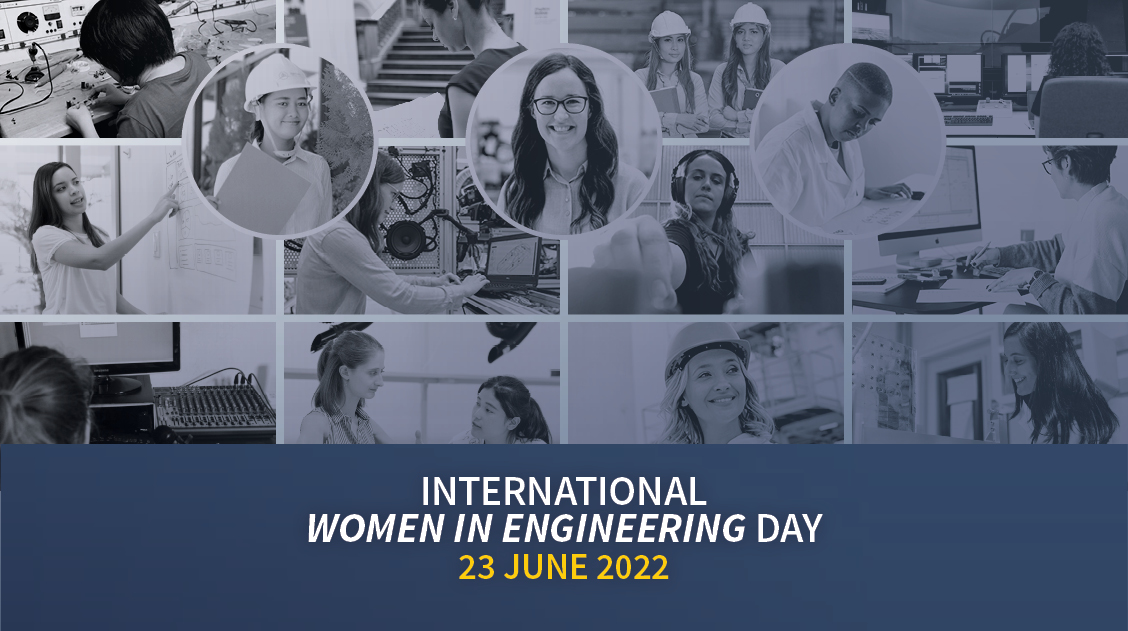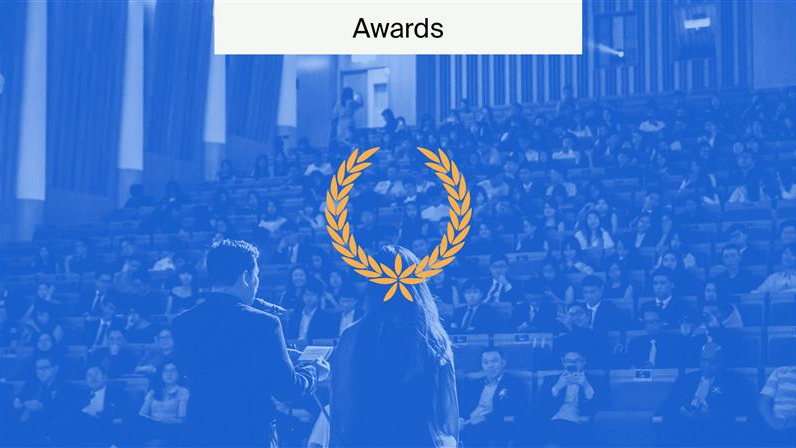
More Women in Engineering Now Than Ever Before
The 23rd June marks an important date for MDPI and the academic community. It’s International Women in Engineering Day (INWED), when we celebrate and encourage the outstanding achievements of women engineers worldwide.
The theme of this year’s INWED is “Inventors & Innovators”. It focuses on women who have improved products and processes in different fields. The hashtag #ImagineTheFuture prompts us to think of a future with an ever-increasing number of female engineers who have the power to improve our daily lives.
Increase in Women Engineers
Last year, we featured senior scientist Dr. Katalin Balazsi in our article for Women in Engineering Day. The article focused on the low proportion of female engineers in several different countries.
In 2021, in a few countries, such as Norway and Latvia, over 50% of engineers were female.
However, in most others, including in the UK and the USA, the percentage was rather low.
Now, in 2022, the percentage of female engineers has increased from 13% to 14.5% in the UK. And there has been a similar trend in the USA. In the USA, the percentage of women engineers increased from 13% to 17% between 2019 and 2021.
Women in Engineering Day Reminds Us There’s Still More to Be Done
Although this signals positive progress with increased representation, there is still an imbalance. Men make up the majority of engineers in most countries. Globally, 16.5% of engineers are women.
This issue is not exclusive to engineering. As we found in our coverage of International Women’s Day, women are also underrepresented in senior corporate roles globally.
It must be a shared effort to address gender equality across the board. As a publisher, we are financially supporting publications that meet the UN’s Sustainable Development Goals (SDGs), including SDG 5: Gender Equality.
The scheme, known as “SDG Publishers Compact”, is an opportunity for publishers to engage in philanthropy and help improve people’s lives by meeting the 17 SDGs. The first article to be fully funded by MDPI as part of the scheme is on the prevalence of early marriage in Nepalese households.
MDPI research encourages more of this research, as well as the participation of women in engineering in all capacities. We are powered by excellent female scholars who provide expertise on a variety of engineering-related topics.
It is our pleasure to introduce Prof. Giovanna Marrazza, Editor-in-Chief of Biosensors, and Prof. Cecilia Cristea, Guest Editor for Biosensors.
Inspiring Women Engineers
Q: What are your tips for young women interested in the field of engineering, especially considering the current environment?
Prof. Giovanna Marrazza: My best tip is to focus on improving things in an easier, more innovative, and more green way. What you create needs to be accessible to everyone.
At the moment, all branches of science are making history by doing great things; things that we never unimagined would be possible in such a short amount of time. Embarking on discoveries and innovations that have the potential to improve people’s quality of life is the key to personal and collective success.
Prof. Cecilia Cristea: I am always amazed by the increasing number of women in science and in engineering when I participate in conferences. It’s a really positive change from when I was a PhD student. Back then, it was difficult to spot a female group leader. Now there are relevant names in various scientific fields, meaning that the perception of women has really changed. Science and engineering are not just for men. I always believed that, with hard work and perseverance, I could achieve anything. Women are ambitious and tenacious; they have incredible endurance and great communication skills. We are strong enough to face all the challenges related to the current environment. My tips for women interested in engineering and sciences are the following. Never abandon an idea—there is always a way! Look to nature for inspiration—if nature can succeed, even in harsh conditions, then so can you!
Changes to Encourage Female Participation
Q: How can we encourage more women to become inventors and innovators?
GM: We all know that the road to success for a woman is more complicated than the road to success for a man because of social and cultural factors from the past. However, at the same time, history tells us that there have been many incredible women in the world of science.
The job does not have “working hours”, and you often feel exhausted. A strong character and determination are necessary. A stimulating environment certainly helps to keep the passion for what you do alive.
It is also necessary to establish initiatives to protect women scientists and researchers, in addition to existing ones to help them on their journey as researchers.
CC: We must encourage more women to follow their dreams and encourage young girls to believe in themselves. We must educate women to believe in their strengths and to follow their passions. I am inspired when I see the number of young women choosing to study science and medicine. It’s great seeing them push themselves. I am pretty sure that some of the great inventors of the next decade will be among them.
What are Inventors and Innovators (Women in Engineering Day Theme)?
Q: Do you consider yourself either an inventor or innovator?
GM: Both roles [inventor and innovator] are essential and deeply connected: inventors allow us to not be anchored to the present, they allow us to look further to the future; innovators allow us to adapt inventions to different contexts and different needs that show up in small ways.
Personally, I believe that I am both an inventor and an innovator; the goal of my research is to make a contribution to technological progress and have a great impact on chemistry, medicine, biology, and life sciences.
CC: I think it’s a good idea to connect these two concepts of Inventors and Innovators. Often, researchers think that they only create knowledge. But innovation is a driving force in all aspects of life, and especially in science. According to the dictionary, an innovator is a person who introduces new methods, ideas, or products, while an inventor invents a new process or a device. With this in mind, I consider myself an innovator more than an inventor.
The Joy of Engineering
Q: What do you love most about being involved in engineering?
GM: I always say: “everything is chemistry: everything is made of atoms, bonds, reactions… to know chemistry means to know the world”.
It is so gratifying to focus on, and dedicate myself to, experiments and research. Even when these small, but at the same time big goals require months of work, I’m still fulfilled because I have always wanted to make my own contribution to this branch of science. It’s so complicated but so fascinating.
Many people “fear” chemistry because they find it difficult. I just think that they don’t approach it in the right way. It is impossible not to fall in love with chemistry because it would mean not loving what’s all around us!
CC: My background is also in sciences (chemistry and pharmacy). Funnily enough, I also say to my students and my daughter that everything around us is chemistry!
Understanding chemistry and physics helps us understand our environment and the functioning of our bodies. Moreover, I strongly believe that sciences could offer solutions to the big challenges of this age. And that is the one aspect of my profession I like the most: finding solutions to important issues.










